American Sports Cars - Chevrolet Corvette
The Chevrolet Corvette is a sports car by the Chevrolet division of General Motors (GM) that has been produced in seven generations. The first model, a convertible, was designed by Harley Earl and introduced at the GM Motorama in 1953 as a concept show car. Myron Scott is credited for naming the car after the type of small, maneuverable warship called a corvette. Originally built in Flint, Michigan and St. Louis, Missouri, the Corvette is currently manufactured in Bowling Green, Kentucky and is the official sports car of the Commonwealth of Kentucky.

History of Corvette Logo (Source: http://wot.motortrend.com/video-find-evolution-of-the-corvette-crossed-flags-emblem-over-60-years-277905.html)
There are Seven Generations of Corvette
1953-1962 The First Generation - C1
The first generation Corvette was introduced late in the 1953 model year. Originally designed as a show car for the 1953 Motorama display at the New York Auto Show, it generated enough interest to induce GM to make a production version to sell to the public. To keep costs down, GM executive Robert F. McLean mandated off-the-shelf mechanical components, and used the chassis and suspension from the 1952 Chevy sedan. The drivetrain and passenger compartment were moved rearward to achieve a 53/47 front-to-rear weight distribution. It had a 102-inch wheelbase. The engine was the same inline six that powered all other Chevrolet models, but with a higher-compression ratio, three Carter side-draft carburetors, and a more aggressive cam. Output was 150 horsepower. Because there was currently no manual transmission available to Chevrolet rated to handle 150 HP, a two-speed automatic was used. 0-60 mph time was 11.5 seconds. To keep tooling costs in line, the body was made out of fiberglass instead of steel. First production was on June 30, 1953.
1963–1967 The Second Generation - C2
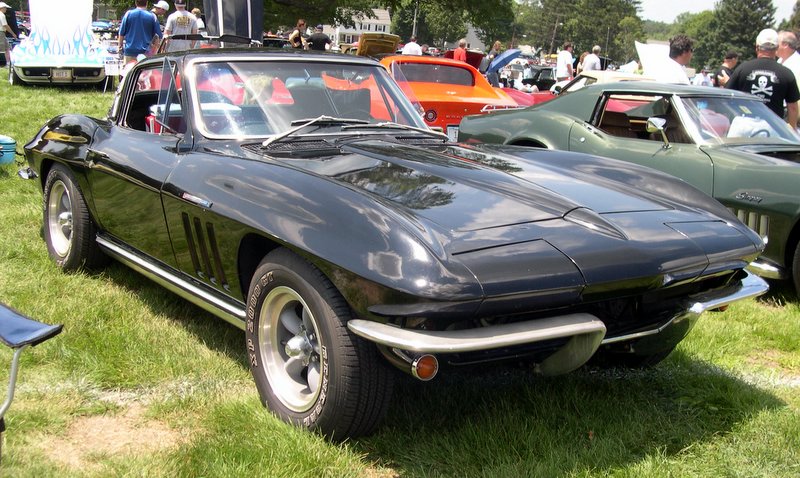
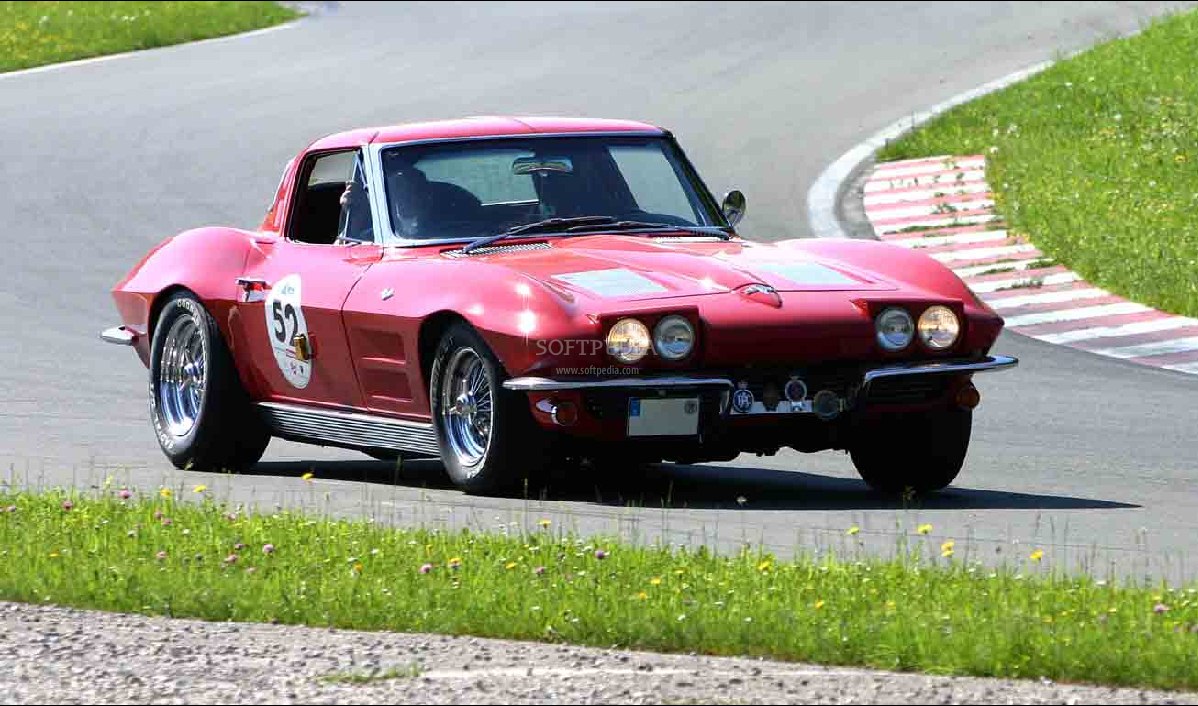
(Source: http://www.corvettefever.com/featuredvehicles/corp_1010_1967_chevy_corvette_sting_ray/viewall.html)
The second generation (C2) Corvette, which introduced Sting Ray to the model, continued with fiberglass body panels, and overall, was smaller than the first generation. The C2 was later referred to as mid-years.The car was designed by Larry Shinoda with major inspiration from a previous concept design called the "Q Corvette," which was created by Peter Brock and Chuck Pohlmann under the styling direction of Bill Mitchell. Earlier, Mitchell had sponsored a car known as the "Mitchell Sting Ray" in 1959 because Chevrolet no longer participated in factory racing. This vehicle had the largest impact on the styling of this generation, although it had no top and did not give away what the final version of the C2 would look like. The third inspiration was a Mako Shark Mitchell had caught while deep-sea fishing.
1968-1982 The Third Generation - C3
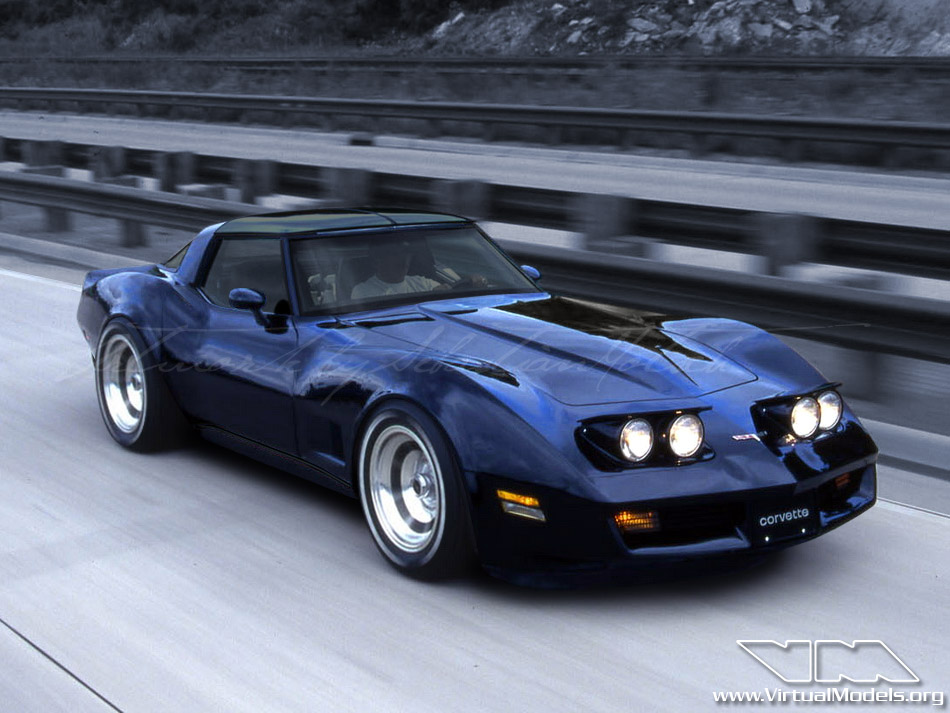

(Source: http://www.corvettefever.com/featuredvehicles/corp_1010_1967_chevy_corvette_sting_ray/viewall.html)
The third generation Corvette, patterned after the Mako Shark II concept car, was introduced for the 1968 model year and was in production until 1982. C3 coupes featured the first use of T-top removable roof panels. It introduced monikers that were later revived, such as LT-1, ZR-1, and Collector Edition. In 1978, the Corvette's 25th anniversary was celebrated with a two-tone Silver Anniversary Edition and an Indy Pace Car replica edition of the C3. This was also the first time that a Corvette was used as a Pace Car for the Indianapolis 500.
1984-1996 The Fourth Generation - C4
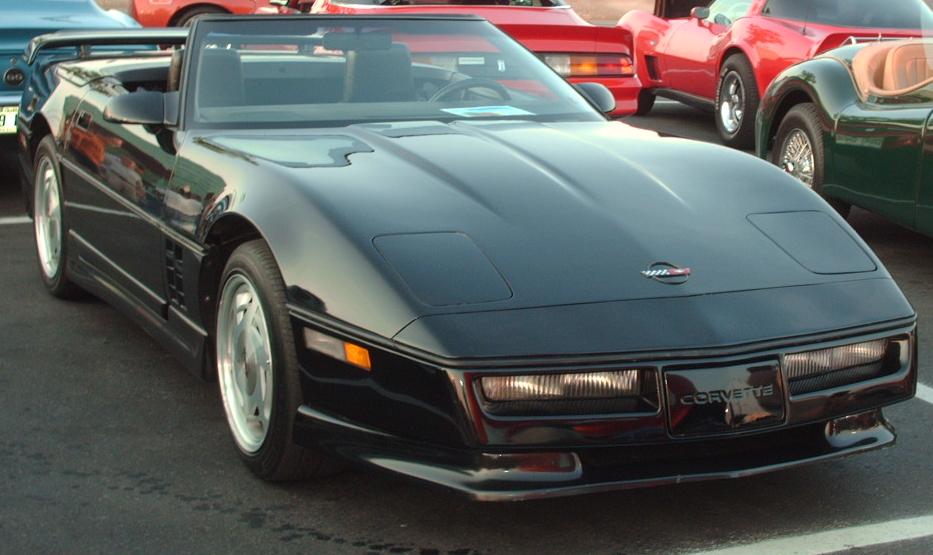
(Source: http://www.corvettefever.com/featuredvehicles/corp_1010_1967_chevy_corvette_sting_ray/viewall.html)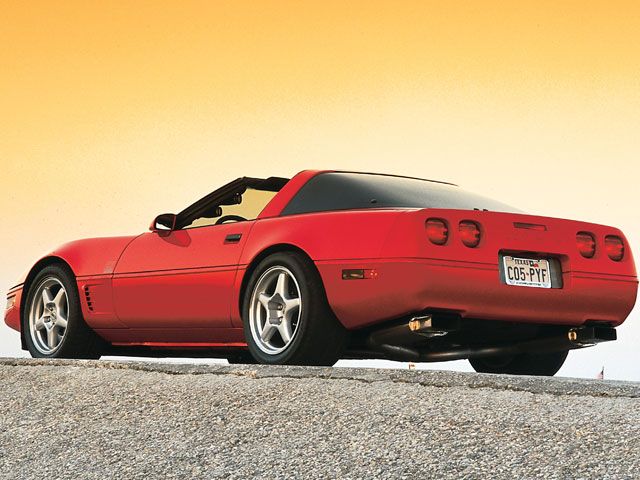
(Source: http://www.corvettefever.com/featuredvehicles/corp_1010_1967_chevy_corvette_sting_ray/viewall.html)

(Source: http://www.corvettefever.com/featuredvehicles/corp_1010_1967_chevy_corvette_sting_ray/viewall.html)
The fourth generation Corvette was the first complete redesign of the Corvette since 1963. Production was to begin for the 1983 model year but quality issues and part delays resulted in only 43 prototypes for the 1983 model year being produced that were never sold. All of the 1983 prototypes were destroyed or serialized to 1984 except one with a white exterior, medium blue interior, L83 350 ci, 205 bhp V8, and 4-speed automatic transmission.After extensive testing and modifications were completed, it was initially retired as a display sitting in an external wall over the Bowling Green Assembly Plant's employee entrance. Later this only surviving 1983 pro
totype was removed, restored and is now on public display at the National Corvette Museum in Bowling Green, Kentucky. It is still owned by GM.
1997-2004 The Fifth Generation - C5
(Source: http://www.corvettefever.com/featuredvehicles/corp_1010_1967_chevy_corvette_sting_ray/viewall.html)
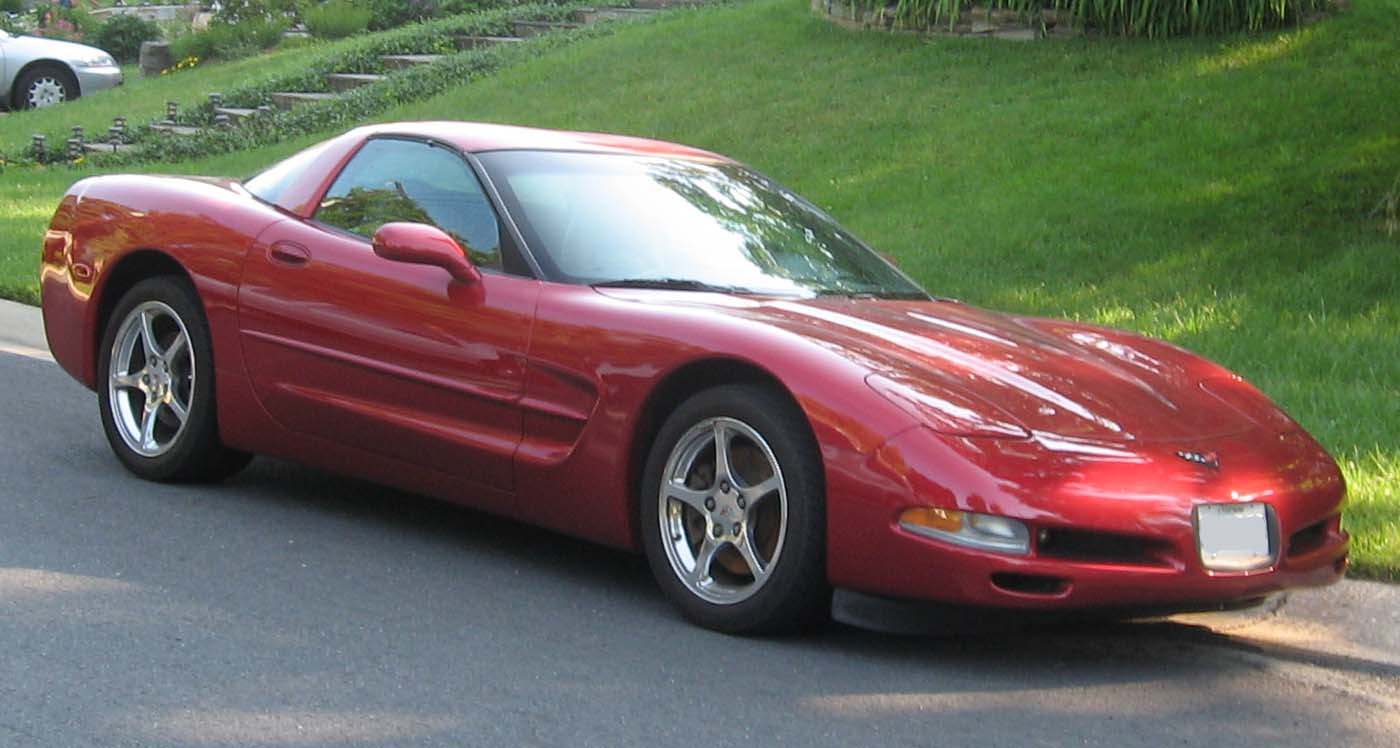
(Source: http://www.corvettefever.com/featuredvehicles/corp_1010_1967_chevy_corvette_sting_ray/viewall.html)

(Source: http://www.corvettefever.com/featuredvehicles/corp_1010_1967_chevy_corvette_sting_ray/viewall.html)
Production of the C5 Corvette began in 1997 and ended with the 2004 model year. Chevrolet used cars like the Nissan 300ZX and Mazda RX-7 as benchmarks for quality and styling due to criticisms the C4 Corvette received when compared to Japanese rivals. The C5 had a top speed of 181 mph (291 km/h) and was judged by the automotive press as improved in nearly every area over the previous Corvette design, thanks to the car's much increased structural rigidity and much more curvaceous design.
2005-2013 The Sixth Generation - C6
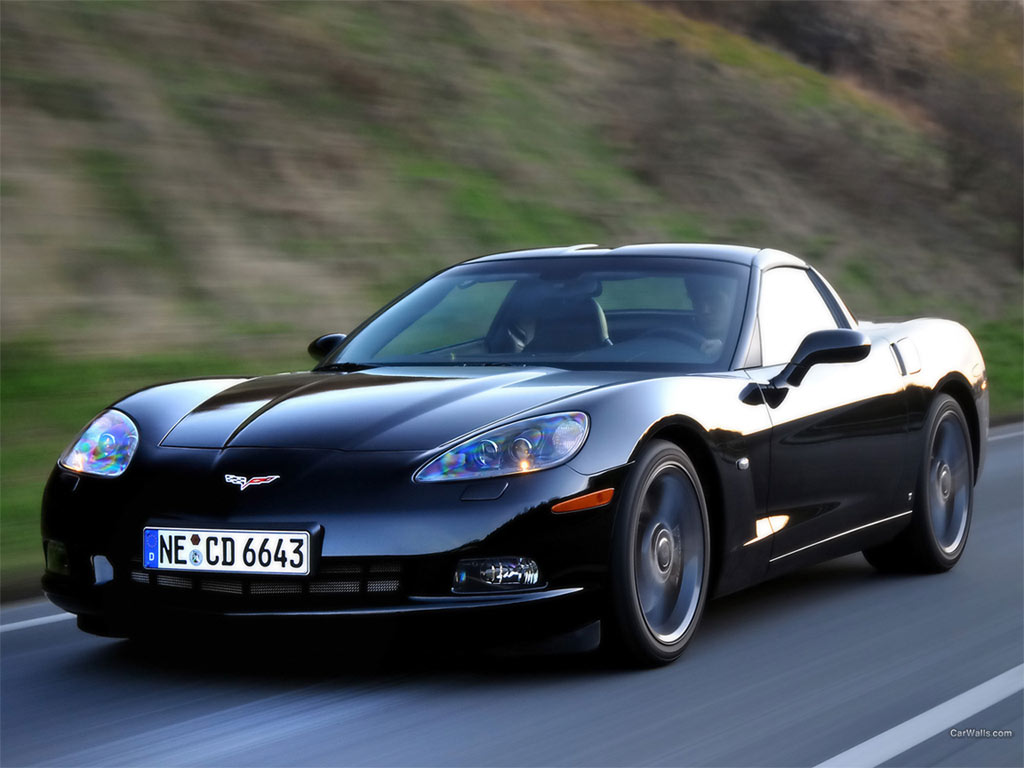
(Source: http://www.corvettefever.com/featuredvehicles/corp_1010_1967_chevy_corvette_sting_ray/viewall.html)
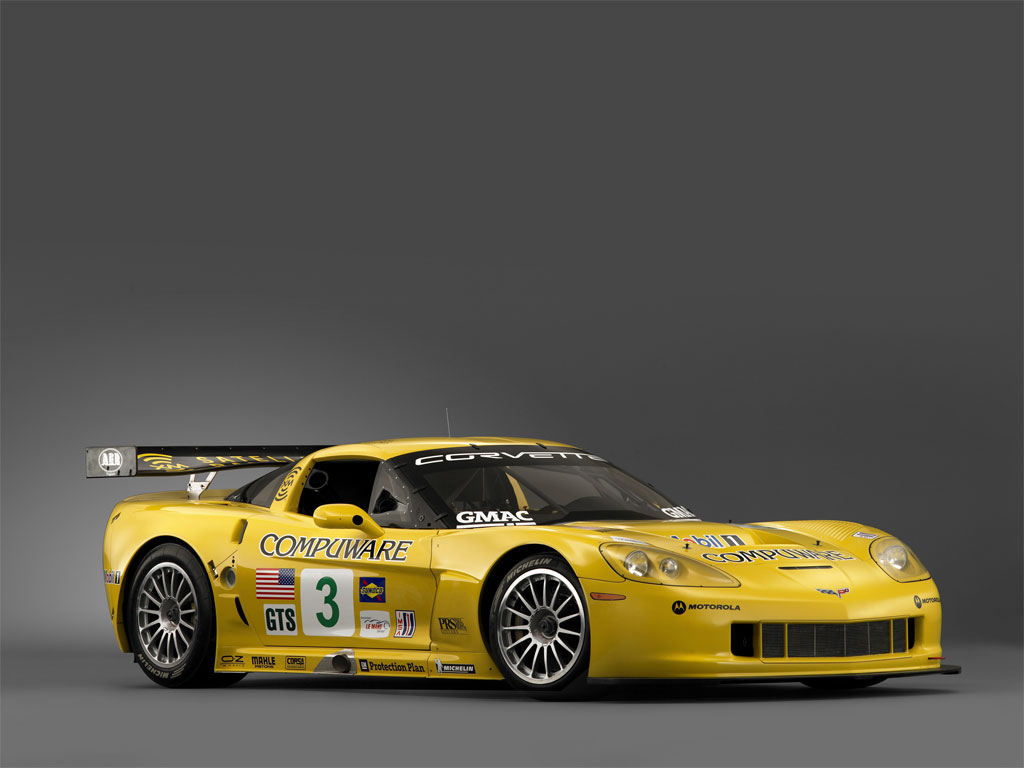
(Source: http://www.corvettefever.com/featuredvehicles/corp_1010_1967_chevy_corvette_sting_ray/viewall.html)
The C6 Corvette retained the front engine and rear transmission design of the C5, but was otherwise all-new, including new bodywork with exposed headlamps (for the first time since 1962), a larger passenger compartment, a new 6.0 liter engine and a reworked suspension geometry. It has a longer wheelbase than the C5, but its overall vehicle length and width are less than the C5, to widen appeal to the European market. The 6.0L (364 cu in) LS2 V8 produces 400 bhp (300 kW) at 6000 rpm and 400 lb·ft (540 N·m) at 4400 rpm, giving the vehicle a 0–60 time of under 4.2 seconds. It has a top speed of 190 mph (310 km/h).
2014 The Seventh Generation - C7
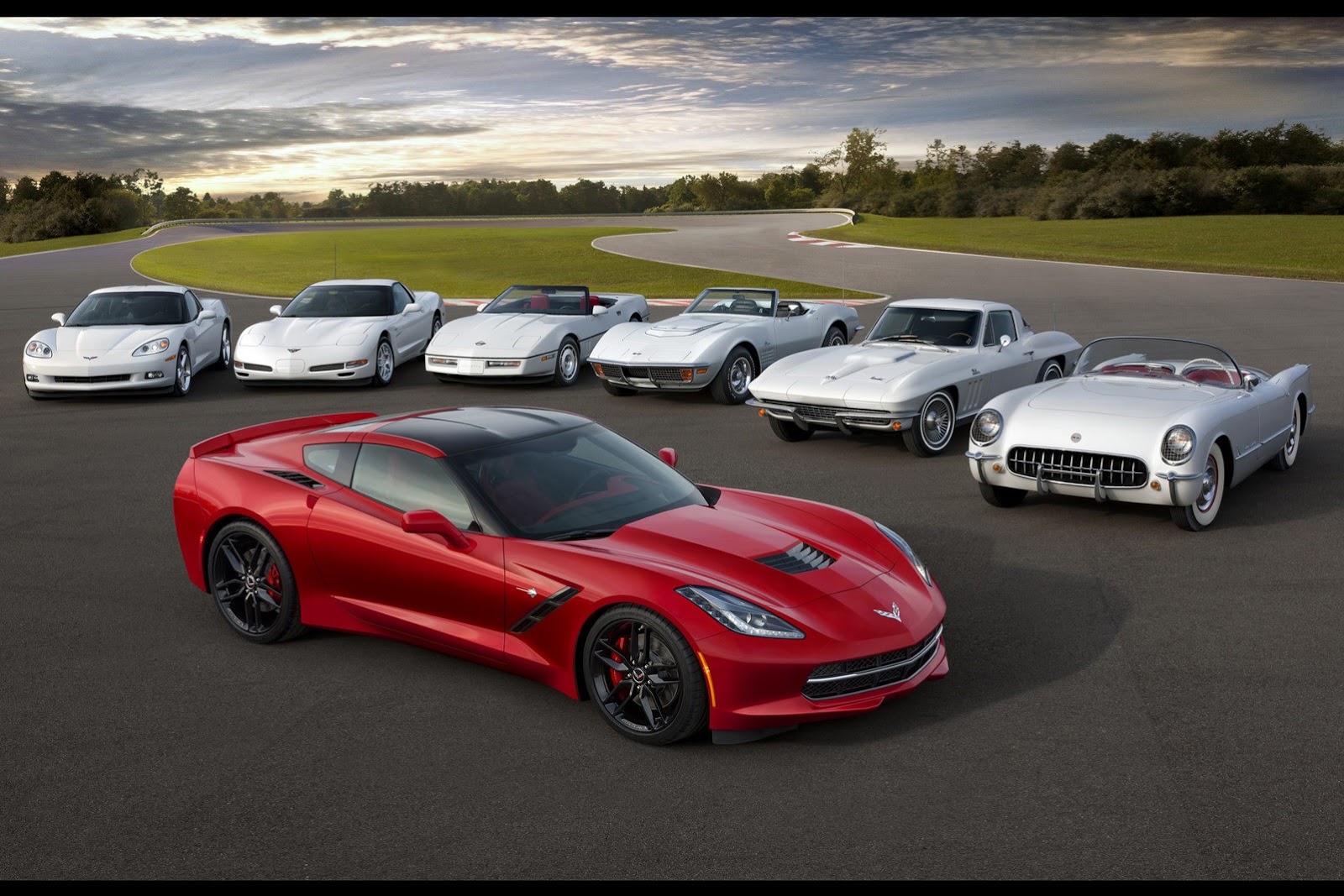
(Source: http://www.lepoint.fr/auto-addict/salons/corvette-la-septieme-generation-s-appellera-stingray-14-01-2013-1614434_656.php)
The 2014 Chevrolet Corvette uses an LT1 6.2 L V8 (376 cu in) making 455 bhp (339 kW) or 460 bhp (340 kW) with the optional performance exhaust. The LT1 engine (the "LT1" designation was first used by GM in 1970) is in the Gen 5 family of small block engines, which will be used in GM vehicles as the new small V8 option. It features three technologies new to the GM V8, though widely available on other engines in the marketplace: direct injection, variable valve timing, and an active fuel management system. Fuel injectors are located under the intake manifold. The Corvette remains rear-wheel drive with the transaxle located in the rear. Transmission choices include a 7-speed manual or a 6-speed automatic with paddle shifters. The new interior includes wide-bottom seats as standard, with sportier versions with high side bolsters optional. The Corvette's flag logo has been revised for the new car and a small casting of a stingray has been added to the car's ornamentation.
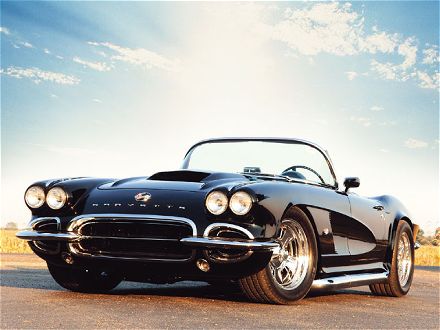
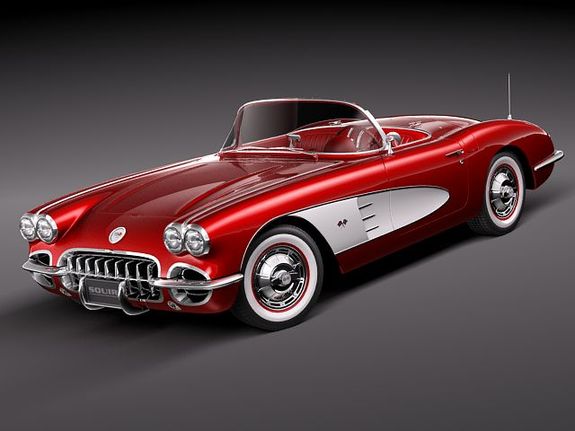
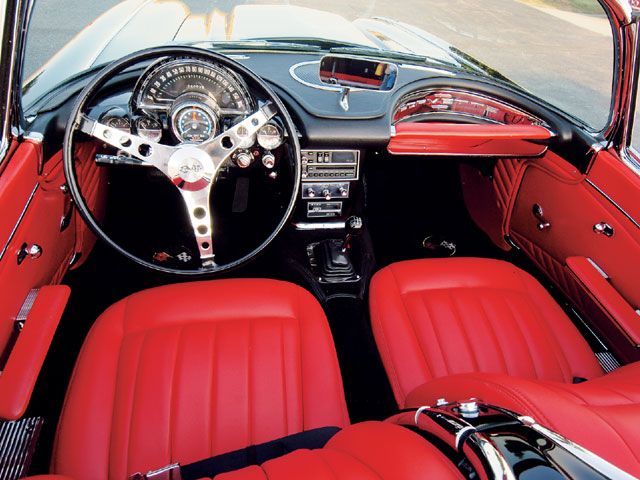
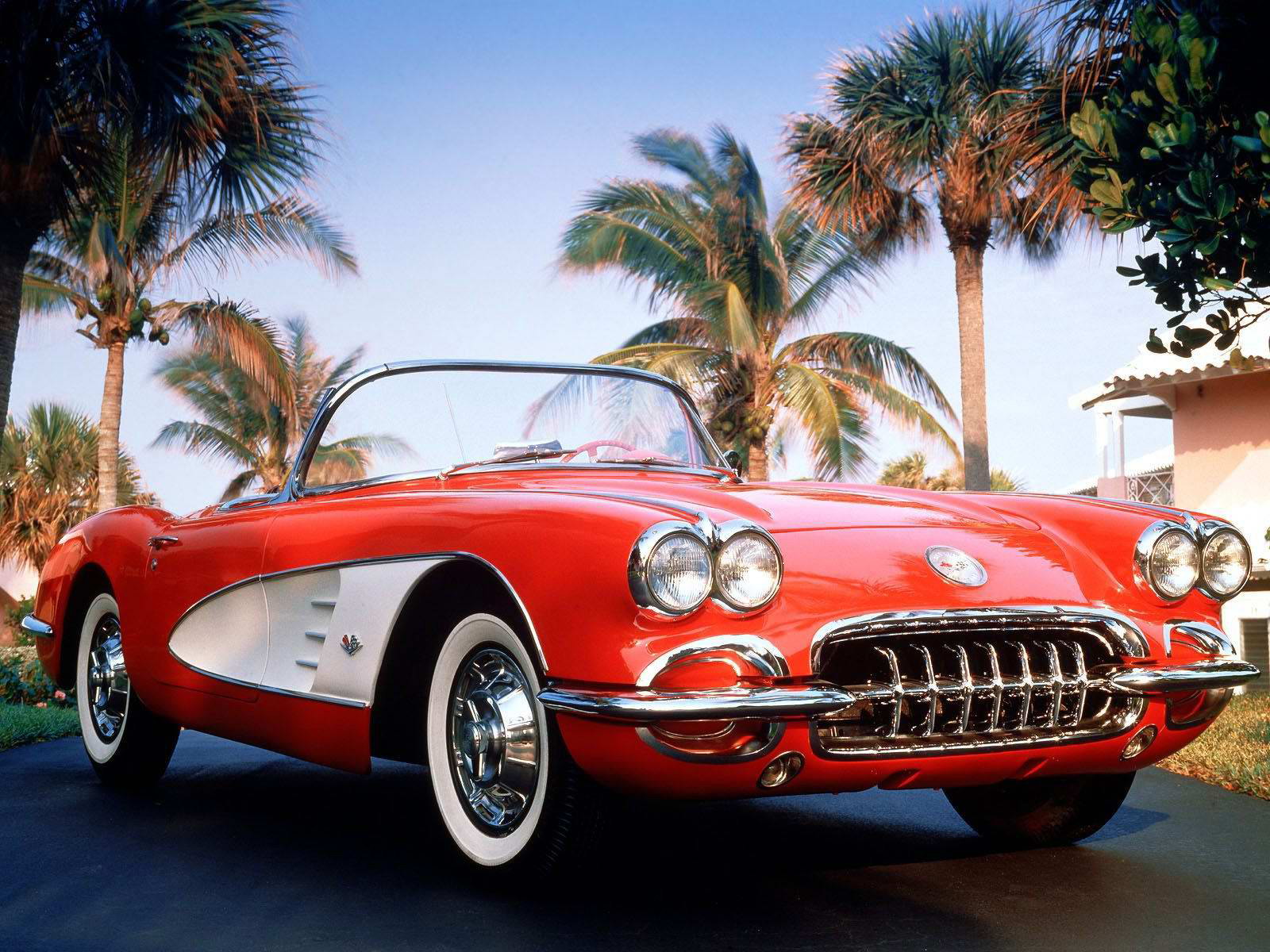
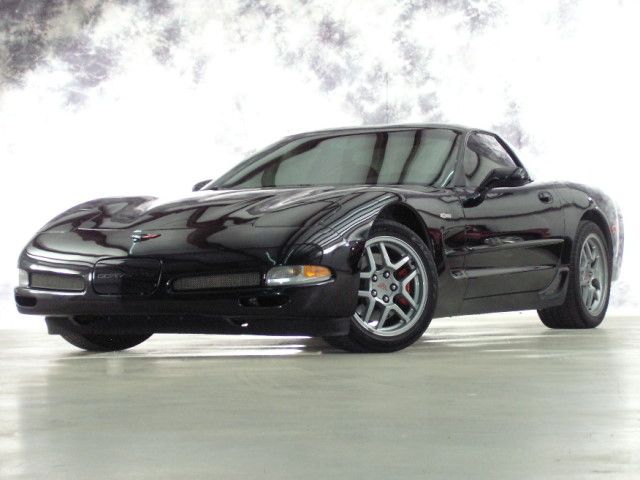
No comments:
Post a Comment